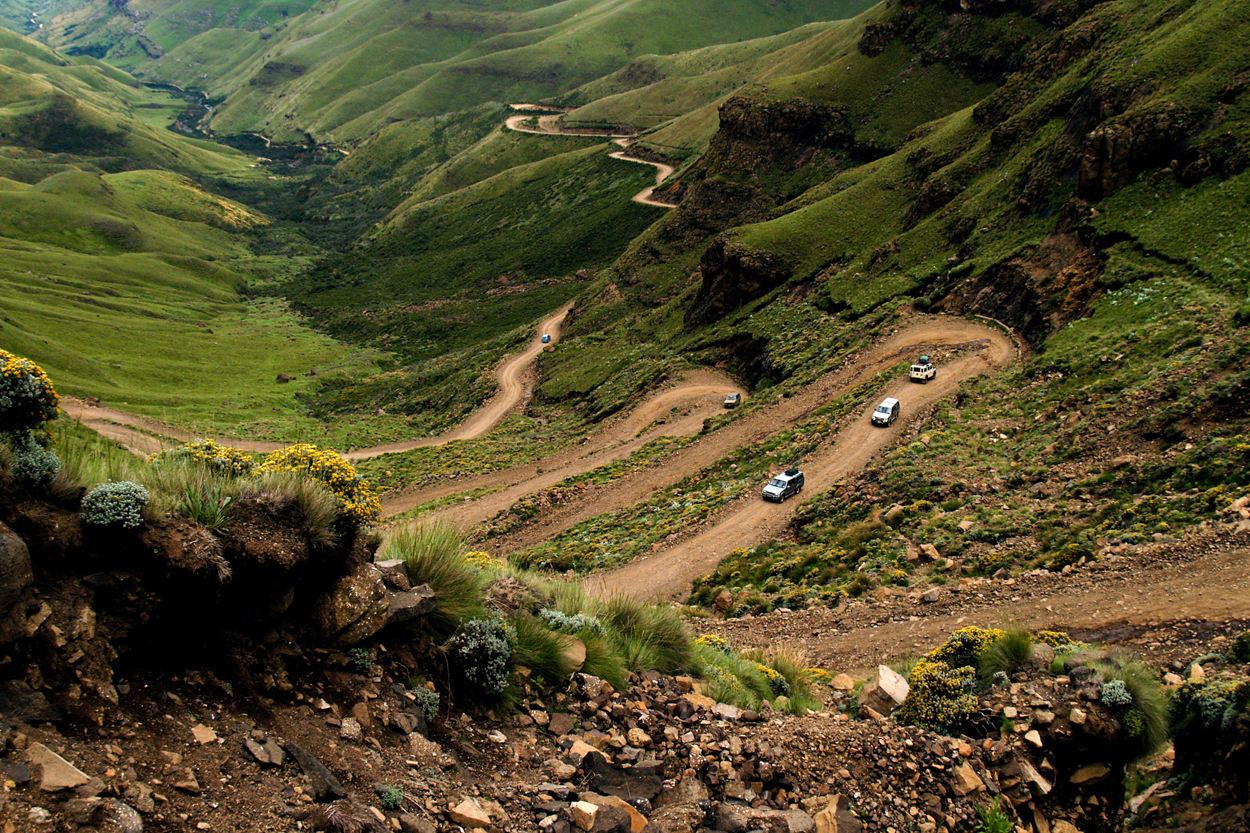Planning a trip to the mountain kingdom of Lesotho doesn’t have to be looked upon as a daunting task requiring hours of research and a mountain of gear.
The truth is that Lesotho is very accessible and regardless of whether you’re planning a weekend away, a week-long pony trek through the mountain villages or even a backpacking adventure, Lesotho is the place.
The general rule of thumb is taken from the Boy Scouts motto of always being prepared. Good planning is vital for a fun, hassle-free trip regardless of where you travel and especially when travelling around Lesotho.
Visa requirements:
All travellers will need a passport valid for at least 90 days following your departure date from Lesotho. You are able to check the visa requirements at VisaHQ.
Entry points:
Entering Lesotho is made easy since the country is encircled by South Africa and the various border posts scattered all along the border. The ever-popular Sani Pass is just one such border post that requires a 4×4 motor vehicle, however, there are many more that can be crossed in a normal motor vehicle.
In addition to the ever growing road network, visitors can fly into Maseru (MSU) from most South African airports including O.R Tambo International Airport (JNB). Car hire companies are based in Maseru. You will need to produce a recognized international driver’s licence to hire a car.
Vehicles:
Contrary to popular belief you do not need a 4×4 vehicle to visit Lesotho as there is a developing tarred road network, especially in the northern areas. However, if you are headed into more of the more remote areas on dirt roads, a 4×4 is usually recommended. If you don’t own a 4×4 of your own, you are able to hire one or contract an overland tour operator to drive you around.
In winter, overnight temperatures often drop below zero – make sure you have anti freeze in your radiator. Diesel freezes at around -8 so are prepared to have difficult times starting your diesel vehicles when the mercury drops.
Driving Around:
Getting anywhere in Lesotho can be slow due to traffic, animals and the undulating countryside. When travelling the dirt roads, speeds are very slow. Don’t think that you can zoom around at 120km/h here. A good planning speed is generally 25km/h or so. This isn’t solely due to the conditions of the roads but because of the Ooooo factor. Around every corner awaits amazing views and sites that will have you stop, get out and go “Ooooh”.
However, be cautious of pedestrians, cyclists and livestock on all roads. Remember that the journey is often the goal rather than the destination. Patience is an African virtue.
A good current roadmap is essential. Detailed GPS routes are available for the more adventurous visitors via Tracks4africa.

Weather:
As always Lesotho’s weather can throw a cat amongst the proverbial pigeons, with four seasons in one day, due mainly to the elevation above sea level (+1400m). The early summer months (September – December) is considered to be the rainy season. The winter months (June – August) can produce snow and bitterly cold nights with temperatures reaching well below 0°C.
Clothing
Lesotho is warm in summer and can get very cold in winter. Lightweight, preferably cotton, casual clothes can be worn in summer, with a jacket or jersey for early winter mornings and evenings. By mid-winter, heavy jackets are essential especially if pursuing various winter sports.
Water:
Tap water in the major towns is purified and perfectly safe to drink. In the more remote areas always boil it first, except if you’re staying at a lodge or hotel where drinking water is boiled already. Bottled water is readily available in the bigger towns. Always have at least twenty litres of drinking water in the vehicle at all times should you need to spend the night in remote locations.

Food and Supplies:
Most food supplies can be obtained in Lesotho. Most villages will sell onions, tomatoes, potatoes, bread, sugar, fruit, salt and oil. You can buy just about anything you need for your journey in Maseru, but the tinned food is pricey. Meat is not always available in the remote areas so bring substitutes.
Medical supplies, however, are not readily found outside the major cities.






No Comments